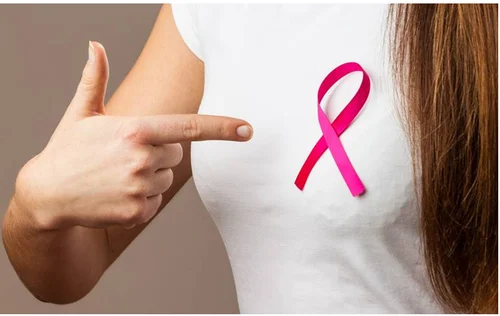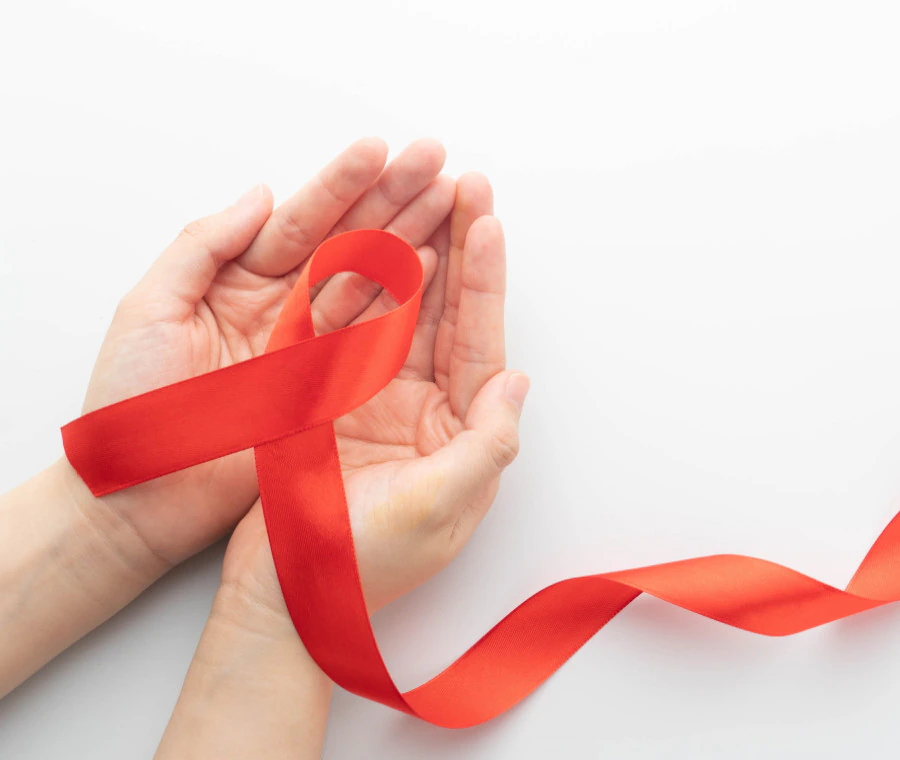
Skin rashes are a common health concern, but when should you be worried? While many rashes are harmless and go away on their own, some can indicate serious health issues. Understanding the key symptoms of a skin rash can help you determine whether it's time to seek medical advice. In this article, we’ll guide you through the different types of rashes and when to be concerned.

What is a Skin Rash?
A skin rash is an area of irritated or swollen skin, often accompanied by redness, itching, or bumps. Rashes can appear anywhere on the body, and they may change in appearance over time. They can be caused by a variety of factors, including allergies, infections, medications, or underlying health conditions.
Common Types of Skin Rashes
Rashes can look different depending on their cause. Some common types include:
- Contact Dermatitis: Caused by an allergic reaction to certain substances like poison ivy or certain soaps. This rash typically appears as red, inflamed skin and may be itchy or painful.
- Eczema (Atopic Dermatitis): A chronic condition that leads to itchy, dry skin. It often appears as patches of red or scaly skin.
- Psoriasis: A condition where the skin cells grow too quickly, causing thick, silvery scales and dry patches of skin. Psoriasis is often found on elbows, knees, and the scalp.
- Hives (Urticaria): Raised, red or pink bumps that can appear anywhere on the body. They are usually caused by an allergic reaction and tend to be itchy.
- Infections: Bacterial, fungal, or viral infections can also cause rashes. For example, chickenpox, shingles, or impetigo are all viral or bacterial infections that result in distinctive rashes.
Key Symptoms You Shouldn’t Ignore
While many rashes are benign, certain symptoms can indicate a more serious condition. Pay attention to the following signs:
- Severe Pain or Swelling
- If your rash is accompanied by intense pain or swelling, it may indicate a deeper issue such as an infection or inflammatory condition that requires medical intervention.
- Fever
- A fever alongside a skin rash can suggest a systemic infection or illness, such as measles, rubella, or a viral infection like chickenpox.
- Difficulty Breathing or Swelling of the Lips/Throat
- A rash that’s accompanied by swelling of the lips, tongue, or throat, or difficulty breathing, can be a sign of a serious allergic reaction (anaphylaxis). This requires immediate medical attention.
- Pus or Blisters
- If your rash develops into open sores, blisters, or starts oozing pus, it could indicate a bacterial infection or a serious dermatological condition. Don’t hesitate to consult a doctor.
- Spreading Rash
- If the rash spreads rapidly or moves from one part of the body to another, it’s a good idea to seek medical attention. Certain viral infections, like shingles, can cause the rash to spread in a characteristic way.
- Rash with Joint Pain
- A rash that is accompanied by joint pain may indicate an autoimmune condition, such as lupus or rheumatoid arthritis. In this case, medical advice is essential.
- No Improvement After a Few Days
- If your rash doesn’t improve within a few days or gets worse despite home treatments, it could indicate that it's more than just an irritation or allergic reaction. A healthcare provider can give a proper diagnosis and recommend treatment.
When Should You See a Doctor?
It’s always a good idea to seek medical advice if you’re uncertain about the severity of a rash. However, you should definitely see a doctor if:
- The rash is persistent and doesn’t go away with over-the-counter treatments.
- The rash is associated with other troubling symptoms such as fever, fatigue, or difficulty breathing.
- The rash appears suddenly and severely (especially if it’s a widespread rash).
- You have a weakened immune system or chronic health condition that could complicate a rash.
Treatment for Skin Rashes
Treatment for a rash depends on its cause. Some common treatments include:
- Topical creams or ointments: These may help reduce inflammation, itching, and discomfort. Corticosteroids are often prescribed for inflammatory rashes like eczema or psoriasis.
- Oral medications: Antihistamines can help relieve itching caused by allergic reactions, while antibiotics may be necessary for bacterial infections.
- Avoiding triggers: If your rash is caused by an allergic reaction, avoiding the allergen is the first step in managing the condition.
- Moisturizing: For dry, flaky rashes, keeping the skin moisturized can alleviate discomfort and prevent further irritation.
Preventing Skin Rashes
While you can’t always prevent a rash from occurring, you can take steps to reduce your risk:
- Use mild soaps and moisturizersto prevent irritation.
- Wear sunscreento protect your skin from sunburn, which can cause rashes.
- Avoid allergens: If you know you’re allergic to certain plants, foods, or products, take steps to avoid exposure.
- Practice good hygiene: Regular handwashing and avoiding sharing personal items like towels can prevent the spread of infections that cause rashes.
Final Thoughts
Most skin rashes are not dangerous and will resolve with time or basic treatments. However, understanding the warning signs of a serious rash can help you take timely action and seek medical attention when necessary. If in doubt, always consult a healthcare professional who can provide personalized advice based on your symptoms.
Remember, your skin is a reflection of your overall health, so don't ignore changes that could indicate a deeper problem.







